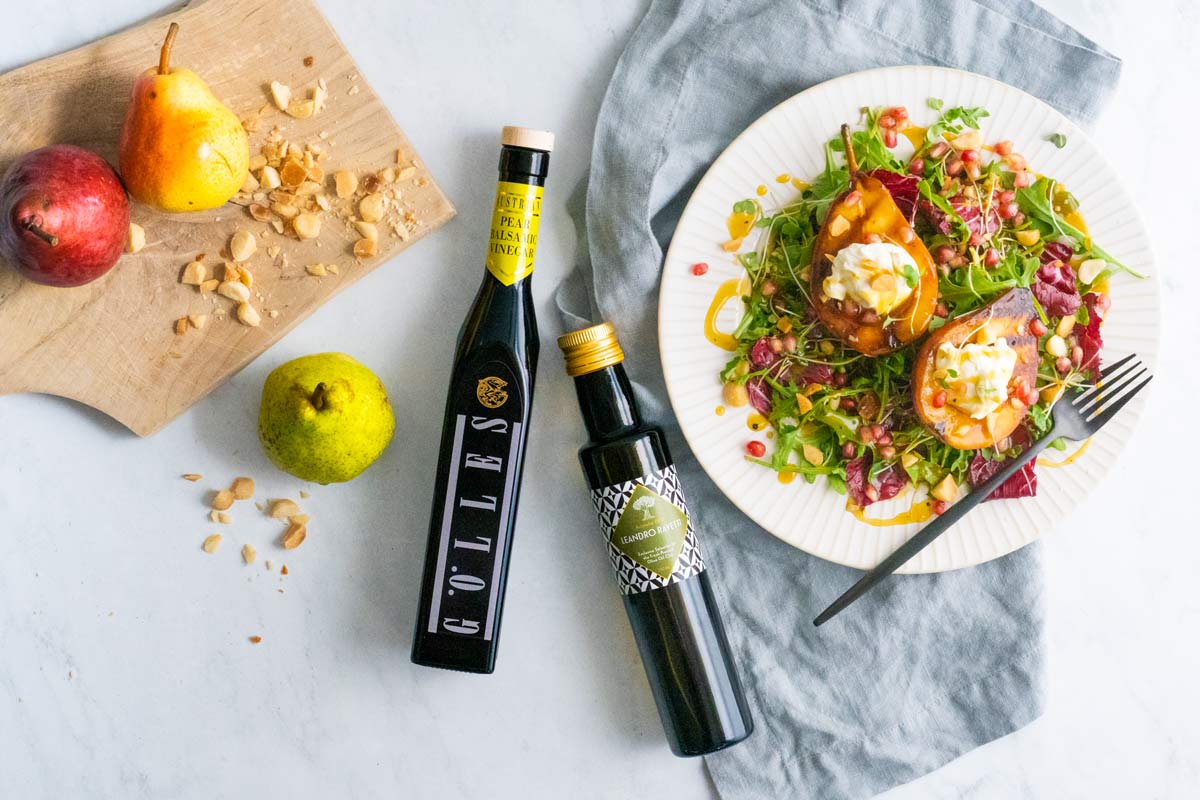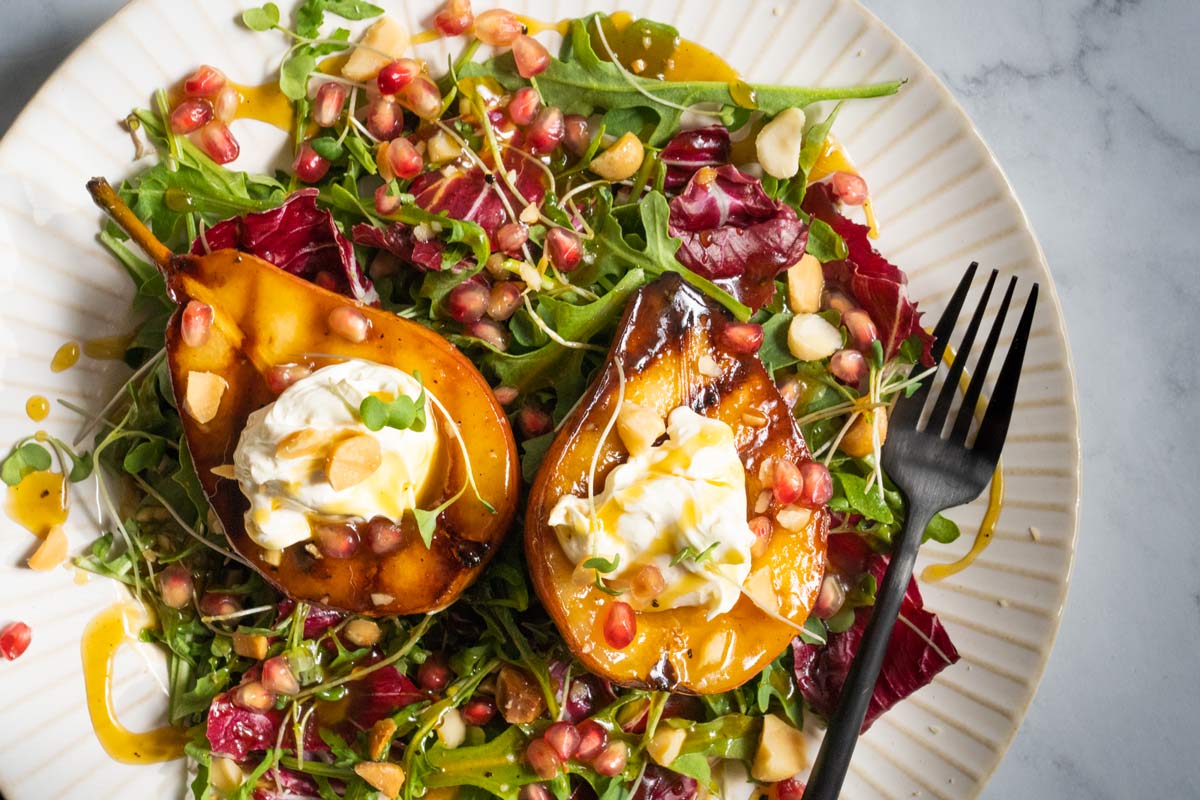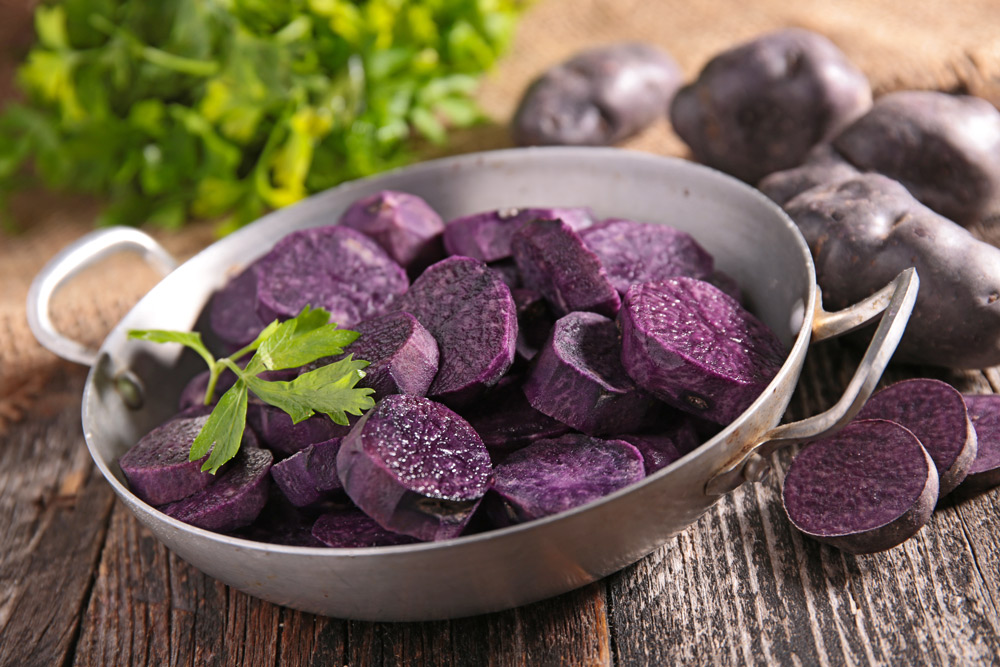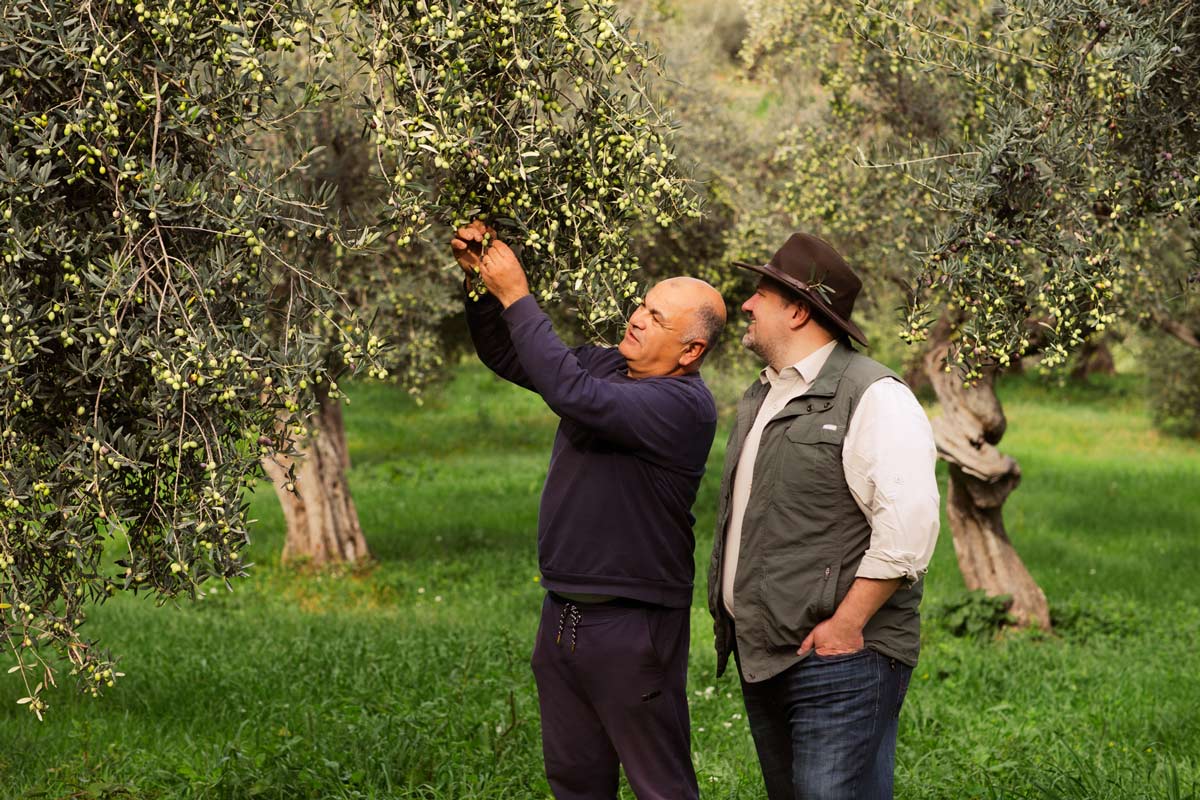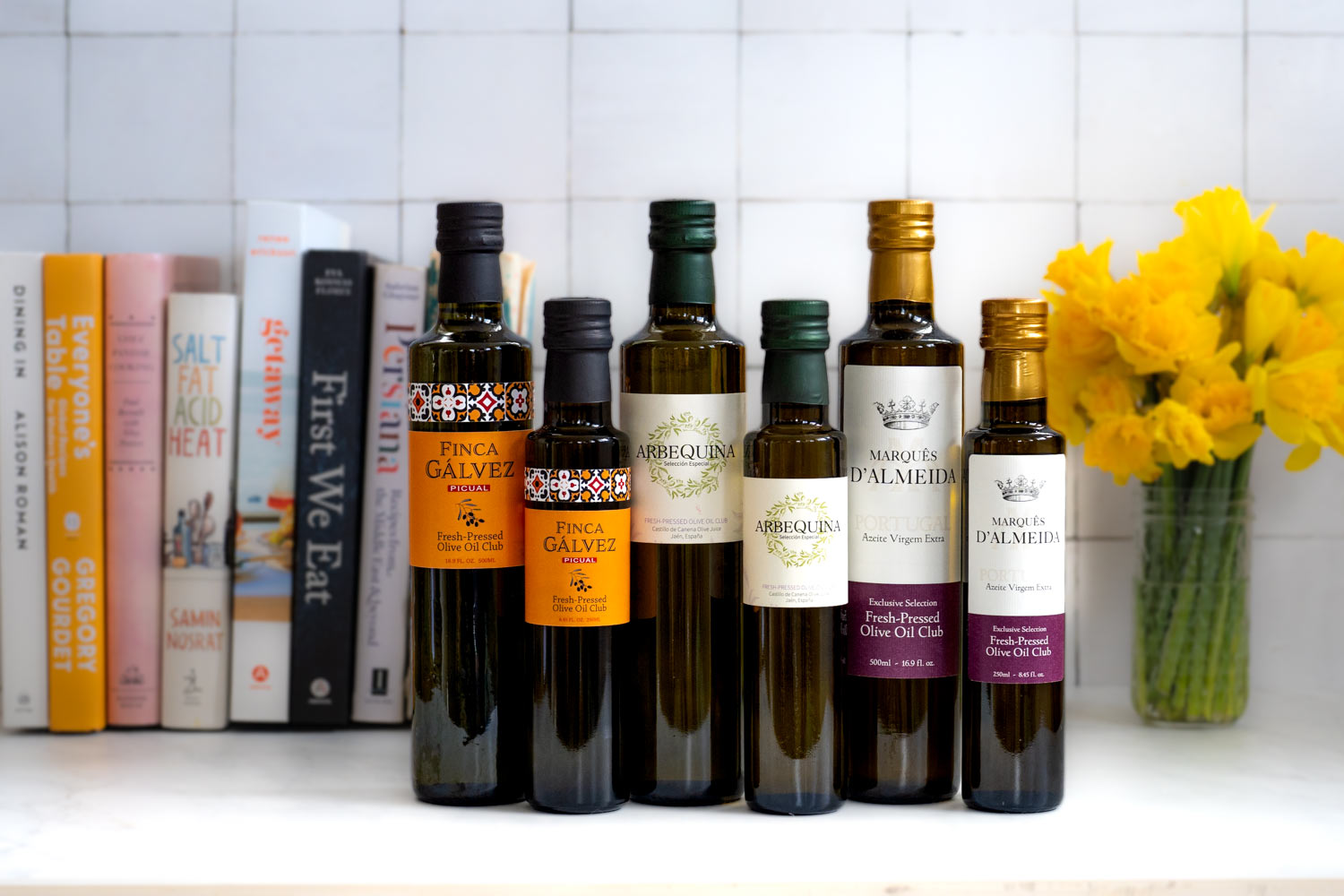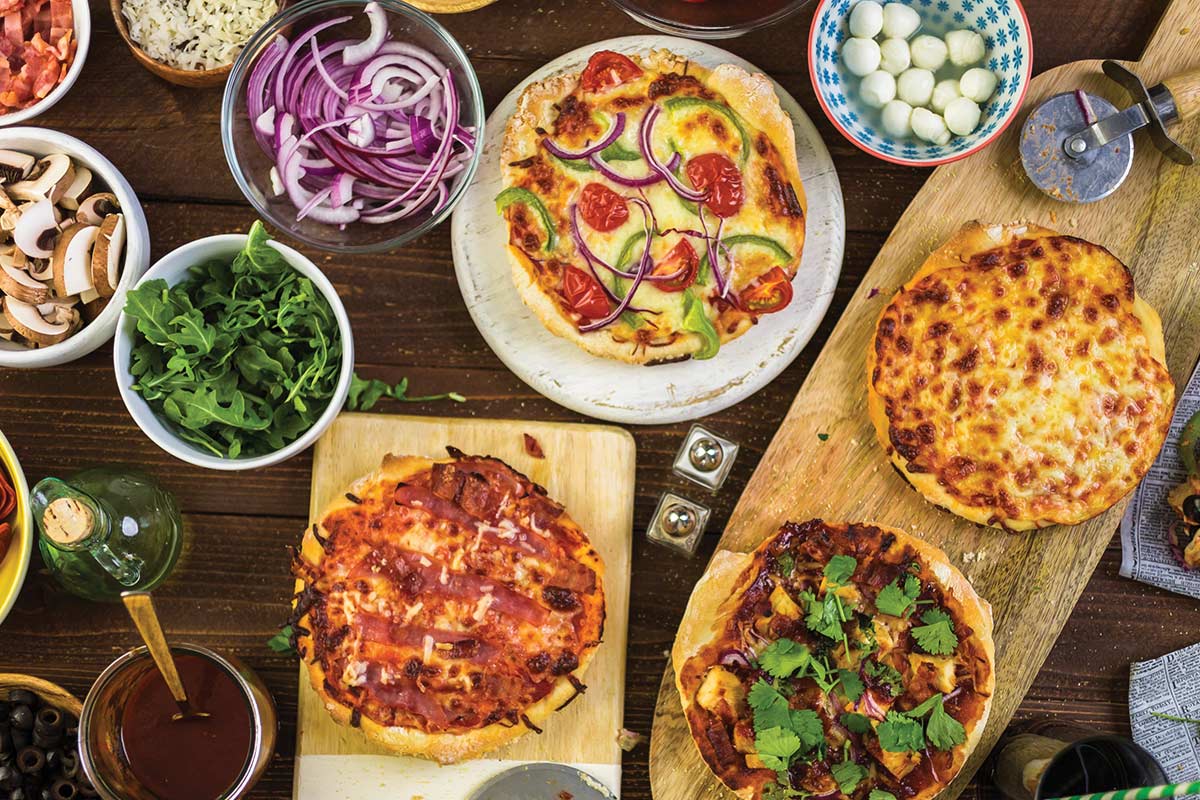Roasted Beet Salad Recipe, Spotlight on Beets, Paper versus Tin Foil, The Benefits of Phoning a Friend and Tracking your Fitness
Fall weather and roasted root vegetables go hand in hand, but you can still keep meals light as you’ll see from this salad recipe. Not sure you like beets? This easy technique will convince you. If you’re taking long walks to see the leaves change or exploring a new park trail, don’t leave home without a fitness tracker—research says it can improve your health. Something else with the same effect? Reaching out to family, friends, and former colleagues—and you’ll be surprised by how delighted they will be to hear from you.
Roasted Beet Salad
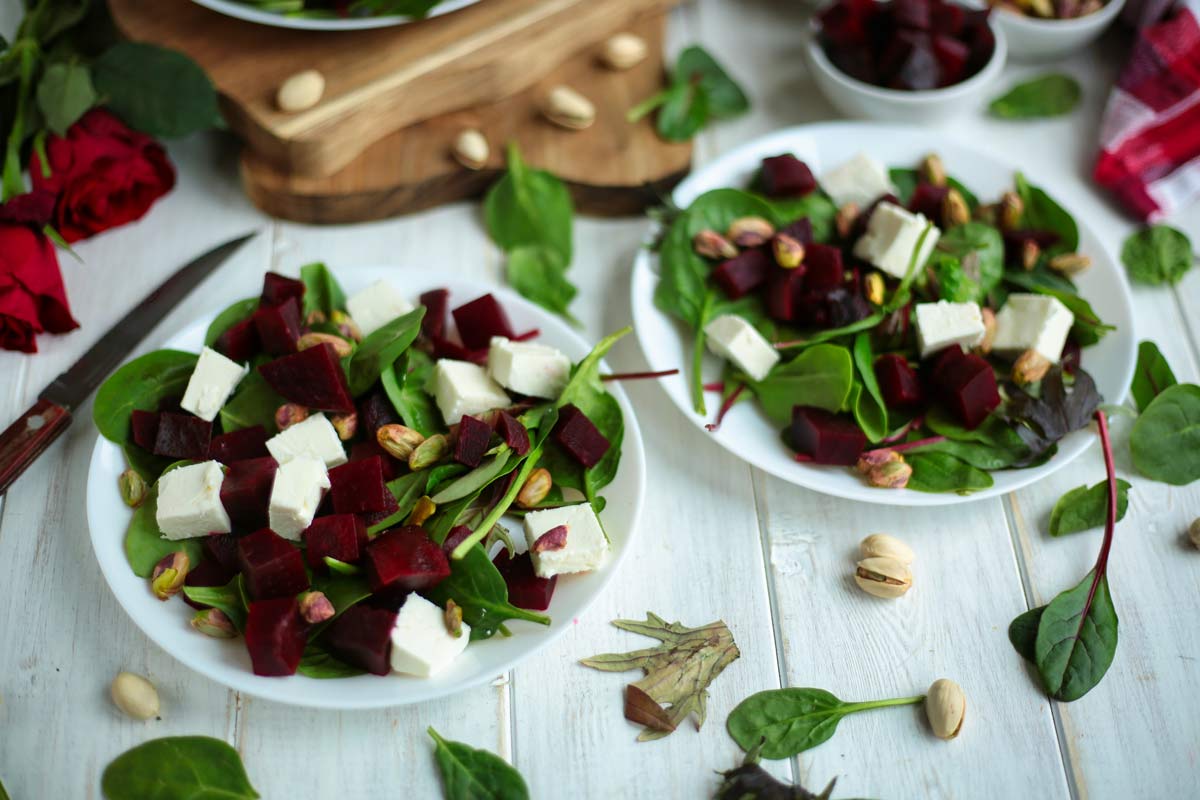 Roasted Beet Salad
Roasted Beet SaladThis colorful fall-inspired salad is a perfect lunch dish or first course for dinner.
Ingredients
- 8 small or 4 large yellow or red beets
- 2 tablespoons extra virgin olive oil, plus more for drizzling
- 1 tablespoon balsamic vinegar, plus more for drizzling
- 4 cups arugula, mâche, or other greens
- 4 ounces goat cheese, cut into cubes
- 1 ounce shelled pistachios
Directions
Step 1
Preheat your oven to 400°F. Trim the beets (no need to peel them) and toss with the olive oil and then transfer to a baking sheet lined with parchment paper. Roast them until tender, up to one hour.
Step 2
Out of the oven, roll up the beets in the parchment and allow them to sit for 10 minutes; this makes it easy to now take off the peel. Halve them and toss with another tablespoon of olive oil and the vinegar.
Step 3
Divide the greens among four plates and then top with equal amounts of beets, goat cheese, and pistachios. Drizzle with more oil and vinegar.
Yields 4 servings

Healthy Ingredient Spotlight
Rediscover beets
If there’s such a thing as a grownup vegetable, it’s got to be beets. If you didn’t like them as a kid, it probably has to do with how they were prepared (i.e., reheated out of a can!). But when slow roasted in the oven, their wonderful sweetness emerges, making them a great pairing with the tang of goat cheese or the saltiness of feta.
Beets are also fantastically packed with nutrients. They owe their rich colors to betalains, a source of antioxidants. Red and purple beets are high in betalains called betacyanins; in yellow beets, you get betalains called betaxanthins (when using these varieties, clean up quickly because they can leave stains).
Beets are also high in nitrates, compounds that help open blood vessels, giving better flow to the heart and brain. You’ll also get nearly 4 grams of fiber in every cup and lots of potassium. If you’re able to find beets with the tops still attached, use the greens in salads or make a quick sauté—they’ve got beta-carotene, lutein, and zeaxanthin, all good for eye health. All beets do have oxalates, which are linked to kidney stones, so if you’re prone to them, eat beets in moderation, according to the Cleveland Clinic.

Healthy Kitchen Nugget
Paper, please
Rather than using foil, I prefer to line baking sheets with parchment paper, especially for long roasting times, to avoid exposing food to metal. The box should tell you the temperature that the paper is rated for. It’s possible to find brands listed as safe up to 450°F, but expect to see exposed edges turn brown and brittle after a long time in the oven. According to the experts at Cook’s Illustrated, you can exceed the listed temperature if the cooking time is short, say the 15-20 minutes it takes to bake a pizza.

For Your Best Health
Phone a friend
Friends enjoy being reached out to more than we think, and the more it’s a surprise, the more it’s appreciated, according to research published by the American Psychological Association in the Journal of Personality and Social Psychology.
“People are fundamentally social beings and enjoy connecting with others,” says lead author Peggy Liu, PhD, of the University of Pittsburgh. “There is much research showing that maintaining social connections is good for our mental and physical health. However, despite the importance and enjoyment of social connection, our research suggests that people significantly underestimate how much others will appreciate being reached out to.”
Dr. Liu and her colleagues conducted a series of experiments involving more than 5,900 participants to explore how accurate people are at estimating how much others might appreciate an attempt to connect and what factors might play into that level of appreciation. The experiments involved actions like sending a thank-you note or gift of appreciation to someone with whom they had not interacted in a while or simply recalling the last time they reached out to someone “just because” or “just to catch up” via email, text, or phone after a prolonged period of not interacting with them. Participants were asked to say how much either they or the person they reached out to felt about the contact. Overwhelmingly, people making the gesture greatly underappreciated how meaningful it was to the recipient, especially when it came as a surprise.
“We found that people receiving the communication placed greater focus than those initiating the communication on the surprise element, and this heightened focus on surprise was associated with higher appreciation,” says Dr. Liu. “We also found that people underestimated others’ appreciation to a greater extent when the communication was more surprising, as opposed to part of a regular communication pattern, or the social ties between the two participants were weak.”
Many people have lost touch with others in their lives, whether they’re friends from high school or college or co-workers they used to see at the water cooler before work went remote, according to Dr. Liu. Initiating social contact after a prolonged period of disconnect can feel daunting because people worry about how such a gesture might be received. But these findings suggest that there’s no reason to hesitate.
“I sometimes pause before reaching out to people from my pre-pandemic social circle for a variety of reasons. When that happens, I think about these research findings and remind myself that other people may also want to reach out to me and hesitate for the same reasons,” Dr. Liu says. “I then tell myself that I would appreciate it so much if they reached out to me and that there is no reason to think they would not similarly appreciate my reaching out to them.”

Fitness Flash
Get tracking
A review of 400 studies involving 164,000 people across the world by University of South Australia researchers revealed what millions of people already know: Fitness trackers, pedometers, and smart watches motivate us to exercise more, such as walking up to 40 minutes more each day (approximately 1,800 more steps), which translates to losing about 1 kilo, or about two pounds, of weight on average over five months. That may not seem like a lot, but the researchers say that from a public health perspective, it is meaningful. “These were not weight loss studies, but lifestyle physical activity studies, so we wouldn’t expect dramatic weight loss,” says Professor Carol Maher, co-author of the review. “The average person gains about 0.5 kg a year in weight creep, so losing 1 kg over five months is significant.”
The findings, published in Lancet Digital Health, support the value of low-cost interventions for tackling the growing epidemic of health conditions partially caused by a lack of exercise, including heart disease, stroke, type 2 diabetes, cancers, and mental illness. Lead researcher and PhD candidate Ty Ferguson says that despite the popularity of these devices, there is widespread skepticism about their effectiveness and accuracy and whether they fuel obsessive behaviors and eating disorders, but the evidence is overwhelmingly positive.
“The overall results from the studies we reviewed show that wearable activity trackers (WATs) are effective across all age groups and for long periods of time,” Ferguson says. “They encourage people to exercise on a regular basis, to make it part of their routine, and to set goals to lose weight.”
There is some evidence that fitness trackers also help lower blood pressure and cholesterol in people with type 2 diabetes and other health conditions. “The other reported benefit is that WATs improved depression and anxiety through an increase in physical activity,” Ferguson adds.
Get More Recipes In Your Inbox!
